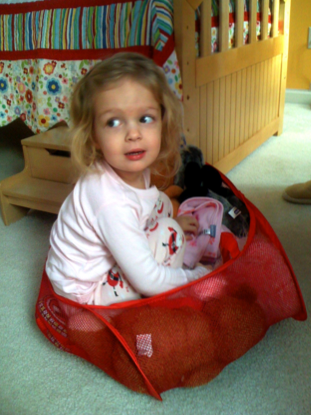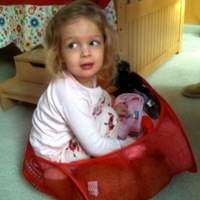Sir Ken Robinson was recently interviewed for the “Teaching for the 21st Century” issue of Educational Leadership. more
The article “Why Creativity Now? A Conversation with Sir Ken Robinson” notes three misconception that people have about creativity.
One is that it’s about special people—that only a few people are really creative. Everybody has tremendous creative capacities. A policy for creativity in education needs to be about everybody, not just a few.
… It’s about special activities. People associate creativity with the arts only. … education for creativity is about the whole curriculum, not just part of it.
… It’s just about letting yourself go… Really, creativity is a disciplined process that requires skill, knowledge, and control. Obviously, it also requires imagination and inspiration…. It’s a disciplined path of daily education.
I agree with Robinson but he defines creativity in a way that I find a bit narrow ”a process of having original ideas that have value.” I define creating more broadly as “a new combination of old elements.” The distinction between the two definitions is important. As educators we want to move all our students along a full spectrum of Blooms’ Taxonomy. If we want our students to reach the highest level of critical thinking, then we need to be clear on our goals.
Creating requires both a strong foundation in content knowledge and the ability to apply that knowledge in new ways – usually across a variety of disciplines. And it requires using all of Bloom’s skills from remembering through creating. It begins with a firm grasp of the basics and includes analyzing patterns and needs, evaluating alternatives and finally creating something new. When seen as as “a new combination of old elements,” creating is not limited to the “creative.” It’s something that all students can do, and one of the goals of the new Common Core standrards.
 To illustrate the point that all students can create, here’s a photo of my granddaughter, Zoe taken when she was a toddler. I had walked into her room and saw her sitting in a mesh basket used to store her stuffed animals. When I asked her what she was doing, she quickly replied “I have a toy bath.”
To illustrate the point that all students can create, here’s a photo of my granddaughter, Zoe taken when she was a toddler. I had walked into her room and saw her sitting in a mesh basket used to store her stuffed animals. When I asked her what she was doing, she quickly replied “I have a toy bath.”
Was their “value” in her “creation?” Probably not.
But don’t try to tell me that this little cutie isn’t creative!

